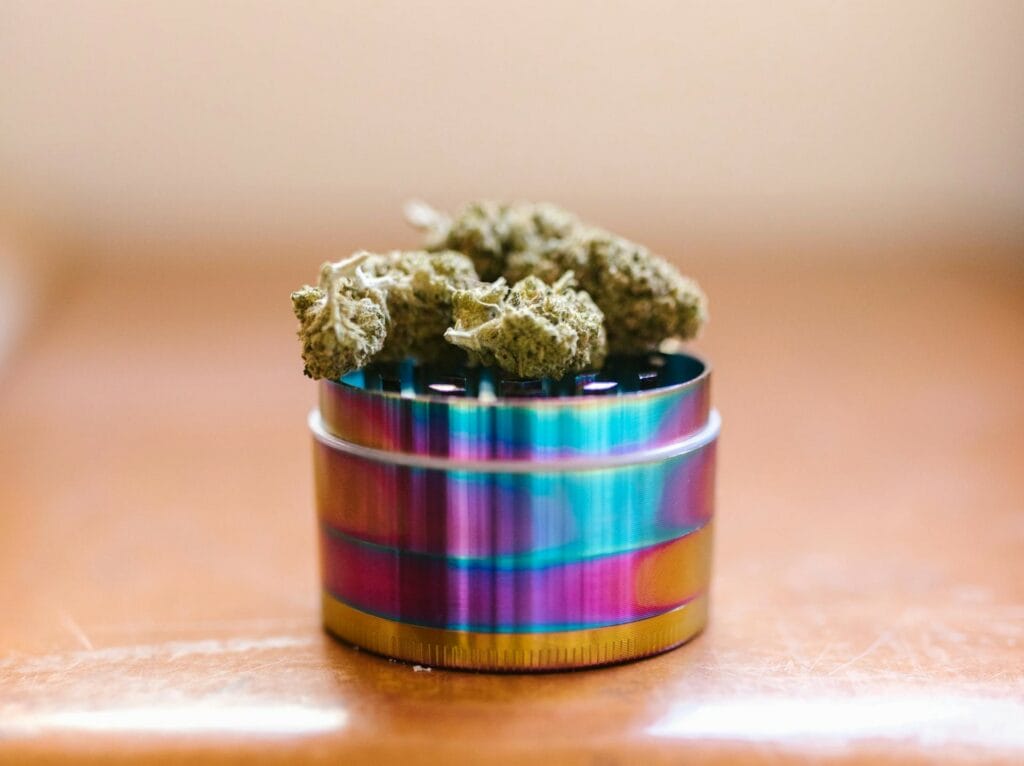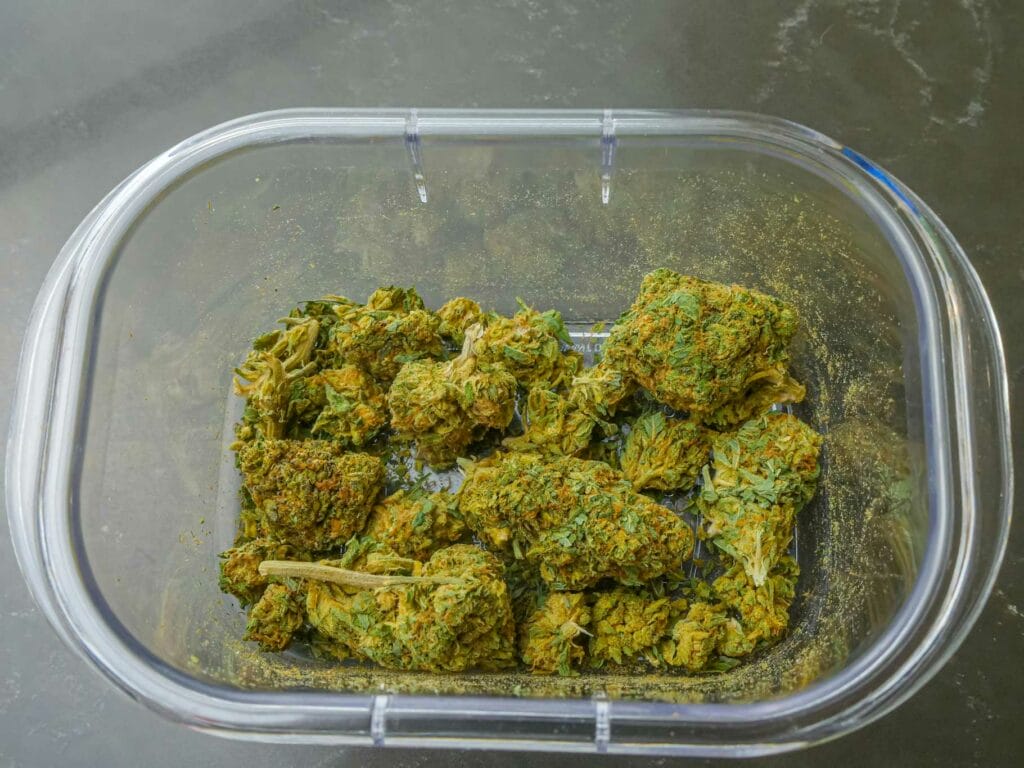The rollout of cannabis markets in countries like Canada has fallen short of expectations. Projections from big firms and venture capitalists far exceeded actual market demand.
Now, major production facilities are closing, large inventories of dried flower remain unsold, and the illicit market still controls about 80% of the estimated $8 billion Canadian industry.
Despite these challenges, new business models are emerging. Entrepreneurs are increasingly opting for smaller micro-cultivation facilities for producing premium craft cannabis strains to cut costs and produce higher-quality marijuana. This shift may help reduce the industry’s supply glut since micro-cultivation operates on a smaller scale.
To experience the best quality cannabis, you can now “Buy Craft Weed Canada.”
Table of Contents

Canadian Cannabis Market
Large facilities like Canopy’s are shutting down, but smaller, boutique-style cultivation facilities are emerging as the industry’s future. According to Althing Consulting, these 20,000-square-foot facilities are replacing the massive ones.
Consumers prefer small-scale producers for their high-quality craft cannabis. Prices are also dropping. This shift aligns with trends seen in other marketing efforts worldwide.
By the end of 2022, Canada’s indoor growing area decreased by 28% from its 2020 peak. The federal government issued only 58 standard cultivation licenses in 2022, the lowest since 2018.
Unlike standard licenses with no size limits, micro–class permits restrict cultivation to 200 square meters (2,150 square feet). In 2022, 130 new micro licenses were issued, outpacing standard ones for the second consecutive year. In 2021, there were 106 standard licenses compared to 134 micro licenses.
Micro vs. Standard Cannabis Cultivation Licenses in Canada
The peak of new standard cannabis cultivation licenses in Canada was in 2020, during overproduction and waste of unsold products.
| Year | Standard Licenses | Micro Licenses |
| 2018 | 137 | 0 |
| 2019 | 108 | 19 |
| 2020 | 151 | 127 |
| 2021 | 106 | 134 |
| 2022 | 58 | 119 |
| 2023 | 8 | 24 |
Note: Micro licensees are limited to 200 square meters of growing area, while standard licensees have no such limit.
Growing Interest in Craft Strains
Consumers are balancing price sensitivity with a desire for the highest-quality products they can afford. This has led many to favour micro-cultivators.
Micro-cultivators can grow high-THC, premium products more easily and consistently than large-scale growers with standard licenses, typically used for larger, value-oriented production. Smaller production schemes are generally reputed to produce better-quality strains.
The shift towards premium and high-potency products has made financial sense, with higher costs necessitating more production to achieve a return on investment. Like the wine industry, some consumers prefer authentic products usually found in micro-licensed facilities.
Large companies with standard licenses, such as Canopy Growth and Indiva, are increasingly partnering with micro-license holders. This approach allows large licensed producers to efficiently and cost-effectively bring the best craft cannabis products to market by outsourcing cultivation to micro-cultivators.
Growing Micro-Weed Producers in Canada
The main factor is the oversupply of strain products.
Canada faces a massive oversupply of low-quality strains, prompting a shift to smaller growing operations. As of December 2022, the nationwide inventory of dried flowers reached a record 1.47 billion grams (3.2 million pounds), with most held by licensed producers. This stockpile is about four times the amount sold at retail that year.
Despite the high inventory, focusing on smaller cultivation businesses may help reduce the supply glut. According to Health Canada, by the end of 2022, Canada’s indoor growing area had decreased by 28% from its 2020 peak.
Renovation Details
Renovations have begun on a micro-cultivation facility at the former PPG plant in Owen Sound. The project, led by Robert Stanford, president of Micro Marketing, aims to produce high-quality products in a 40,000-square-foot space within the Peninsula Pro-Growth Business Park. The first phase includes four micro-cultivation units with five grow rooms designed to produce top-tier strains.
Stanford is excited about the venture, which he believes is unique in Canada. The facility will replicate the small, controlled environments used in black market cultivation within a legal framework. Buyers can purchase a grow table for $150,000, with an estimated annual profit of $66,000 after expenses. Each unit has necessary systems and security, with access restricted to licensed individuals.
The project is not affiliated with MPX Bioceutical Corp, a previous proposal for the site. Stanford’s business model allows store operators to produce their private-label products. The facility is expected to create high-paying local jobs. Future phases could expand the project significantly, potentially allowing for the cultivation of 50 different strains.
Owen Sound officials have been supportive, and the venture is Micro Marketing’s first of several planned projects across the province.
Impact on Artisinal Weed Production
The renovation and establishment of new facilities have several impacts. Now, consumers prefer to buy craft cannabis online than in commercial states. Why? Let’s see the differences between the two.
| Feature | Artisinal Cannabis | Commercial Cannabis |
| Definition | Small-scale, high-quality production | Large-scale cultivation, often perceived as average or lower-quality products |
| Scale of Production | Small, typically up to 200 sq meters | Large, no size limits on standard licenses |
| Ownership | Usually independent, high cultivator ownership | Significant external or investor ownership |
| Automation | Limited, hands-on cultivation | High automation for large-scale operations |
| Ingredients | High-quality, traditional or innovative nutrients | May use cost-saving substitutes |
| Cultivation Practices | Focus on quality and detail, innovative approaches | Efficiency-driven may prioritize yield over quality |
| Product Quality | Generally higher, rich cannabinoid and terpene profiles | Perceived as lower, but can still be high-quality |
| Drying and Curing | Smaller batches, easier quality management | Larger batches, challenging to maintain consistency |
In short:
- Craft Cannabis: Small-scale, high-quality production focusing on traditional or innovative cultivation practices and community involvement. Often associated with premium products and higher prices.
- Commercial Cannabis: Large-scale production prioritizing efficiency and yield. Can produce high-quality products but is often perceived as lower quality due to cost-saving measures and scale.
Buy Craft Weed Canada: Product Selection
With many rising options of retailers and sellers of these strains, seeking the best option can be overwhelming. But don’t worry now. We sort out the best craft cannabis you can find online.
| Feature | Supersonic | Purple Dragon | Glitter |
| Flavours | Herbal, tropical | Grape, sweet | Lavender, sage, vanilla |
| Strain Types | Sativa | Indica | Hybrid |
| THC | 21% | 19.5% | 25% |
| CBD | 0.5% | 0.5% | 0.2% |
| Genetics | Quantum Kush x Snow Lotus | Purple Urkle x Blue Dragon | Ken’s Granddaddy Purple x Mystic Gem |
| Aroma/Taste | Herbal, tropical | The musky scent, floral taste | Sweet basil, licorice |
| Effect | Uplifting, energizing | Cerebral, relaxing, pain-relieving | Creative head high, relaxing body feel |
The Key Takeaway
AAAA craft, also known as quality cannabis, is rising in British Columbia and across Canada. Similar to other craft products, such as craft beer or craft coffee, it signifies superior quality. Cannabis strains like Miracle Alien Cookies, Purple Dragon, and Supersonic are known for their beneficial mental effects.
The Canadian cannabis market is shifting from large-scale production to smaller facilities due to challenges like overproduction and unsold inventory. These cultivators are popular for producing high-quality products, as reflected in the rise of micro-cultivation licenses. Now, the industry focuses on these small batches of strains to improve quality and market reach.
Frequently Asked Questions
What are the Benefits of Artisinal Cannabis?
- Economic Boost: Supports small businesses, helping “mom-and-pop” shops thrive. Small batch growth often results in superior quality products, allowing these smaller businesses to compete in a crowded market.
- Eco-Friendly Practices: Different brands use sustainable methods, growing plants in coconut husks and avoiding chemical pesticides. They tailor nutrient formulations for each strain, ensuring optimal growth and minimal environmental impact.
- Organic Cultivation: Organic strain is grown without harmful pesticides. They use innovative, responsible methods and technology to produce the highest quality while reducing their carbon footprint.
- Outdoor Growing: The plants benefit from the sun and fresh air, and they use beneficial microbes and insects instead of chemicals to protect their crops. This sustainable approach is better for the farm, environment, and product.
Where Does Craft Weed Fit Into The Emerging Cannabis Industry?
There’s a growing emphasis on sustainability and quality. Artisanal growers play a crucial role here. They operate small scale, ensuring consistent quality and better control over production. Unlike conventional methods, it focuses on sustainable practices, using less water and electricity. This shift positions growers as pivotal in meeting the industry’s demand for sustainability and top-notch quality.
What is The Future of the Artisinal Cannabis Industry?
The cannabis market is set to grow steadily, according to a Global Business Accelerator report. Key drivers are tech advancements and increasing environmental awareness. Producers should focus on product innovation, strategic partnerships, and expanding their reach to stay competitive.
Related Articles:




